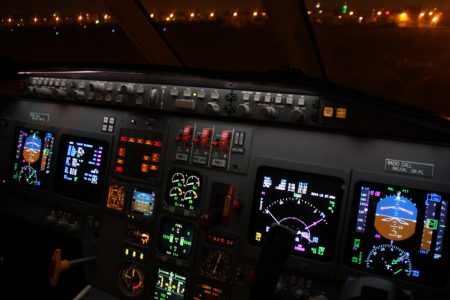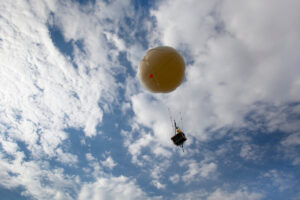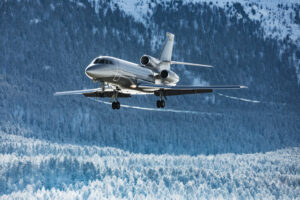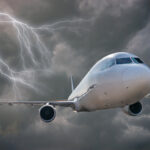ILS approaches are being phased out by newer technology
I’m wondering how much longer pilots will request ILS approaches in marginal weather. Like NDB, ILS is rapidly losing popularity compared to the RNAV approach and, more recently, the RNAV RNP instrument approach.
When I was training for my instrument rating, the NDB approach was my arch-enemy. I’m still not sure I ever understood how to do it. Push the tail, pull the nose, or something like that. Don’t get me started on NDB holding patterns. I would pray for light and variable winds.
That was then, and this is now. Ever-improving technology is making flying safer and more accessible as situational awareness and navigational accuracy improve yearly. One of the significant improvements in new and modern aircraft is that more of them are leaving the factory equipped with the ability to fly RNAV RNP instrument approaches. That’s a big deal.
These approaches make it easier to fly into airports surrounded by unusual or challenging terrain because of the accuracy of modern satellite navigation and augmentation systems. In addition, creating consistently narrow paths for the planes to fly on final approach enables sufficient obstacle clearance.
The same is true for missed approaches, although qualified aircraft must have inertial reference systems as a backup in case of GPS failure during the miss. I find this new technology fascinating. These approaches can even include very narrow curved flight segments, allowing approaches into airports that have never had them before.
But many of these approaches require special authorization, so extra pilot training and operator approval are necessary. Unfortunately, this approval process can be complicated and confusing.
When these approaches first became available, I remember hearing and seeing a lot of confusion regarding who can fly what approach, with what equipment and into which airport. Most of the time, it was easier to say we were not authorized, and we flew the standard instrument approach rather than get busted for doing something we were not allowed to do.
Fortunately, the FAA is making it easier to take advantage of the RNP-AR (authorization required) approaches. They have relaxed some of the strict requirements that were once necessary to obtain approval to fly to the lowest minimums and services are springing up to help operators get RNP-AR approval, a process that is not always the easiest to figure out.
Honeywell has created a consultancy service for business jet owners who use their Honeywell NG flight management systems (FMS). This service includes help with the required Letter of Authorization (LOA), developing SOPs, checklists, MEL updates, and supporting nav database validation.
It makes sense that there are steps to take to ensure that pilots understand precisely what these new approaches are capable of and why they are so regulated. Just think of the unsafe and unstable circling approaches that used to be the only options available for some of these airports. Thank goodness for technology.
RELATED READING
RELATED CTS TRAINING










